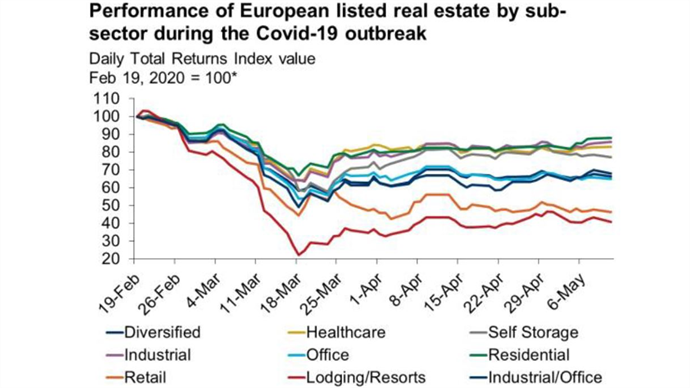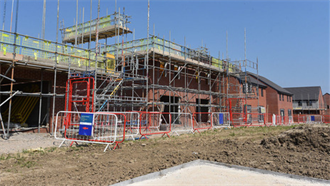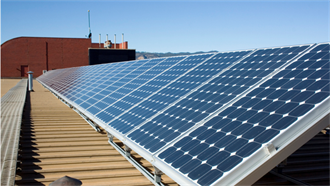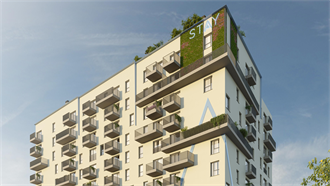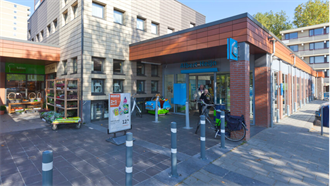Economic turmoil is putting a premium on LTVs and solvency, while making the case for Europe’s shareholders to get active, like in the US.
MAGAZINE: Covid-19 reminds listed sector of financial fundamentals
- In Magazine highlights
- 09:07, 04 September 2020
Premium subscriber content – please log in to read more or take a free trial.
Events
Latest news
Best read stories
-

Investis expands Swiss resi portfolio with €149m acquisition
- 20-Dec-2024
Swiss real estate group Investis has boosted its real estate holdings with the CHF 139 mln (€149 mln) purchase of prime residential properties in Vaud canton.
-
- 20-Dec-2024
Deka snaps up Paris office building for €89m

-

-
- 23-Dec-2024
Indurent gets green light for Staffordshire shed

-
- 23-Dec-2024
NBIM snaps up 80% stake in Trinity office tower



